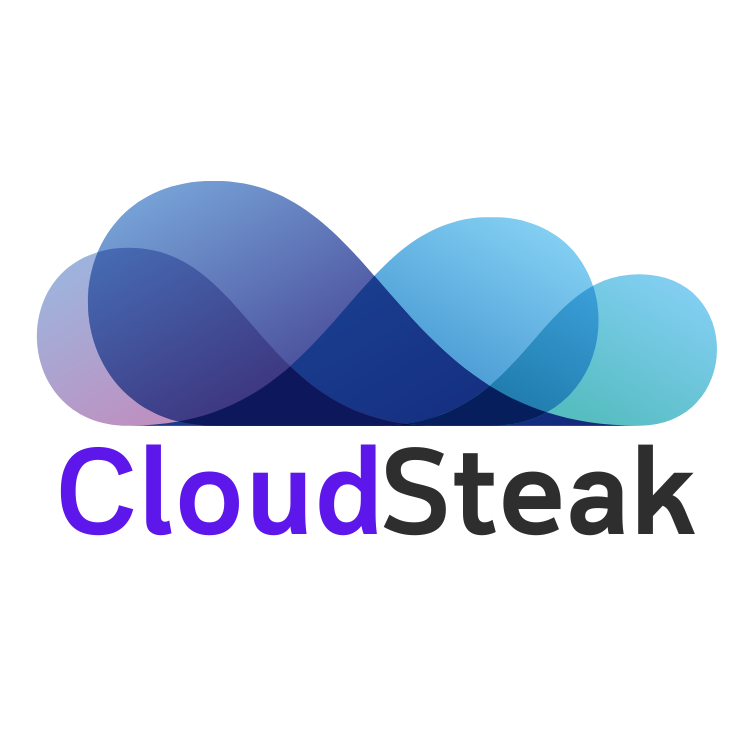Welcome to above the clouds

AWS – Amazon QLDB is now available in the Europe (London) region
Starting today, Amazon Quantum Ledger Database (QLDB) is available in the Europe (London) region. Amazon QLDB is a fully managed ledger database that provides a transparent, immutable, and cryptographically verifiable transaction log. You can use QLDB to track all application data changes, and maintain a complete and verifiable history of changes to your data over […]

AWS – AWS DevOps Monitoring Dashboard solution v1.1 adds support for AWS CodeBuild and AWS CodePipeline related metrics
We recently updated AWS DevOps Monitoring Dashboard, a reference implementation that automates the setup of DevOps metrics dashboards so that customers developing on AWS can measure development activity and identify areas for continued improvement. Read More for the details.

AWS – Amazon EMR on EKS simplifies big data application development with custom image support
Amazon EMR on Amazon EKS announced support for Custom Images, a new capability that enables customers to customize the Docker container images used for running Apache Spark applications on Amazon EMR on EKS. Custom images enables you to install and configure packages specific to your workload that are not available in the public distribution of […]

AWS – AWS Now Allows Customers To Pay For Their Usage in Advance
With Advance Pay, you can now pay for your AWS usage in advance, and pay your future invoices automatically. Once you add funds to Advance Pay, AWS will automatically use them to pay for your invoices when they become due for payment. Read More for the details.

AWS – Simplify building of serverless applications with AWS-supported container images for continuous integration systems
You can now build serverless applications with new AWS-supported container images that simplify continuous integration tasks. Container images work natively with continuous integration systems such as CloudBees CI/Jenkins, GitLab CI/CD, GitHub Actions, CircleCI, and AWS CodeBuild. These make it easier to build and package serverless applications using Serverless Application Model CLI (AWS SAM CLI) – […]

AWS – AQUA for Amazon Redshift launches in three additional AWS regions
AQUA (Advanced Query Accelerator) for Amazon Redshift is now generally available in three additional AWS regions: Europe (Frankfurt), Asia Pacific (Sydney), and Asia Pacific (Singapore). Read More for the details.

Azure – General availability: Azure Digital Twins plugin for Azure Data Explorer
Adding context to IoT data just became easier. Azure Digital Twins and Azure Data Explorer now seamlessly integrate, allowing you to allow you to contextualize time-series IoT data. Read More for the details.

GCP – A blueprint for secure infrastructure on Google Cloud
When it comes to infrastructure security, every stakeholder has the same goal: maintain the confidentiality and integrity of their company’s data and systems. Period. Developing and operating in the Cloud provides the opportunity to achieve these goals by being more secure and having greater visibility and governance over your resources and data. This is due […]

AWS – Amazon EMR now supports up to thirty instance type configurations in Instance Fleets
You can now specify up to 30 EC2 instance types for each of your master, core, and task node groups when using EMR Instance Fleets with allocation strategy. Previously, this was limited to 15 for tasks nodes, and only 5 for master and core nodes. This increase allows you to specify a broader range of […]

